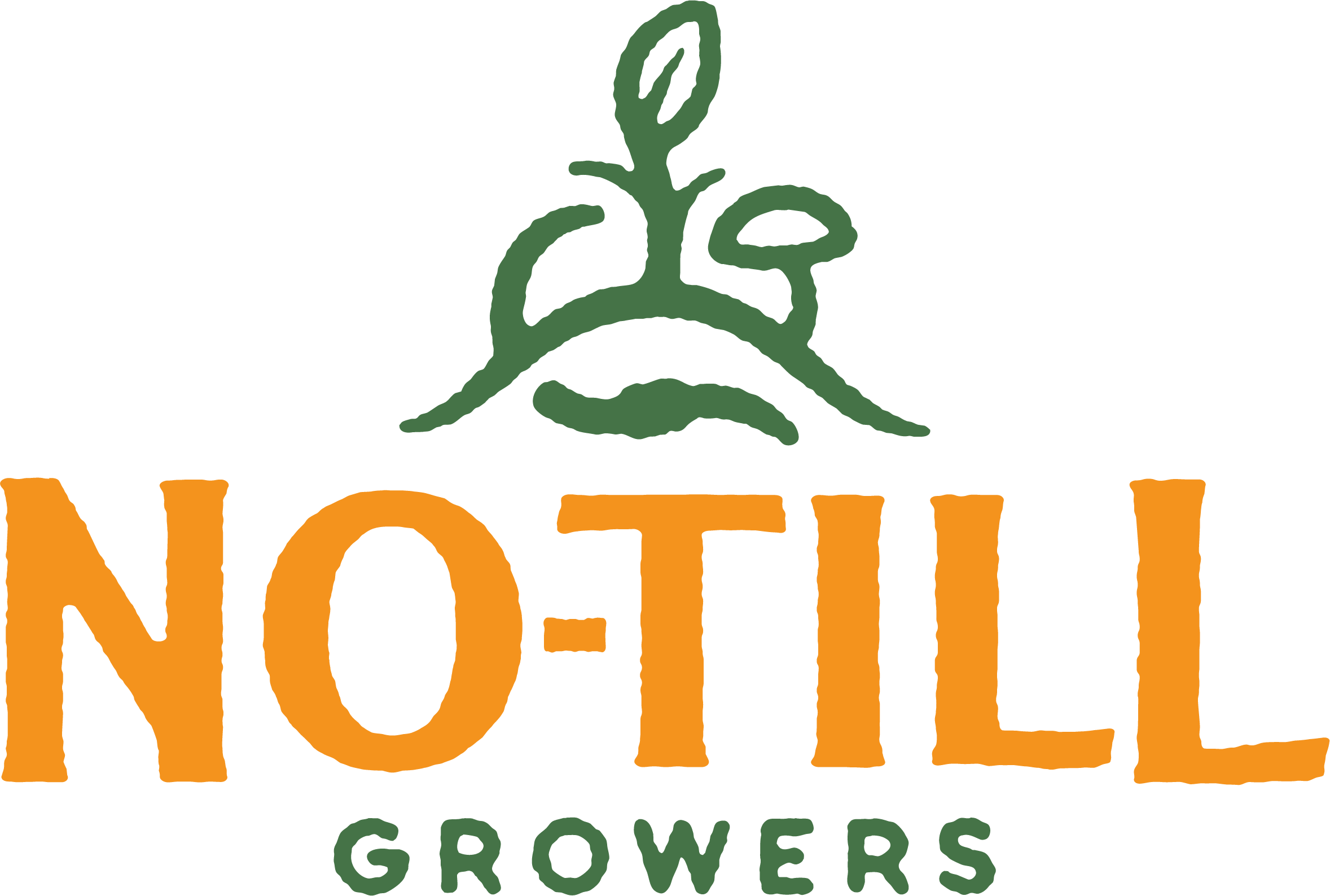Banner Greenhouses, Get a Better Start
[spoiler alert: the following post contains a product placement from a sponsor of the show, it’ll all become clear in a moment.]
Get a Better Start
Lean farming, of which we’re all familiar so I won’t go into the details, asserts you should be primarily concerned with removing unnecessary waste from your processes and focus more on the value you are providing to the customer. Before we purchased land, we leased a few acres of ground to test different production methods. One thing became abundantly clear, and fast: our transplant production was our weakest link. Our system was inefficient, the germination was uneven, production was inconsistent, there was no electricity, and we couldn’t leave the farm for more than a day when our unautomated make-shift greenhouse had plants in it. It felt like the vegetable equivalent of having a milk cow, tending to it every day and night. Further, working in poorly designed spaces is demoralizing, and farming itself can be difficult enough to begin with.
One option would be to invest in a fool-proof greenhouse, but it’s difficult to justify installing a legit greenhouse for year-round production on ground under a year-to-year lease. Even so, we’ve never been great at it. To some extent, we wouldn’t know quite what to invest in and would inevitably waste time, money, and space on the first iteration of the project. We needed good transplants now, but time to really think about how to properly build a greenhouse that would stand the test of time… and maybe the land to put it on, too.
So, we decided to go the other direction, red-tagged (see: lean) our entire transplant production line, and began ordering from Banner Greenhouses. Instead of ordering the seeds, purchasing trays and soil mix, time spent seeding, watering and venting the tunnel every day, the potential cost for fuel to heat, etc., we simply select the variety we want, preferred cell size, how many trays of each, and the week we want it to show up at the farm. Their greenhouses and outdoor growing areas cover over 18 acres! and enable them to provide optimum growing conditions for each cultivar. When the plants arrive—better than we could have grown ourselves—we harden them off for a few days, then put them straight into the ground. Talk about lean.
Ordering transplants—at a better price and quality then our own production—frees up that time to focus on growing our business in other ways, including the time to design, capitalize, and build a proper greenhouse that allows us to reliably produce transplants with less waste. It also gives us a benchmark: can I produce a quality lettuce plug for less than $0.11? Until I can get it under $0.11 at the same quality, Banner it is. Getting quality veg out of poor transplants is an uphill battle. Not to mention, we’re saving a ton of labor that can be used on other much needed areas of the farm during a time when labor is, well, in short supply.
There is a lot to be said for farm resiliency. It’s the same feeling I experienced when I decided to do less tilling, ‘Aren’t I giving up an essential part of the farm? What real farm doesn’t have a greenhouse?’ But, there is also value in out-sourcing the weakest part of your farm until you’re able to compensate for it. It’s my opinion that production farms at any scale cannot be entirely self-sufficient, and we shouldn’t outsource everything, but we can be smart about it. Do the math. How much does it cost you in seed, soil, water, labor, heat, fixed costs, and opportunity costs to produce your own transplants? What is your /plant cost /crop? Could you spend that time on other areas of your business that have a better return? If you don’t yet have a proper greenhouse, or just want to simplify your transplant production, give Banner a chance. Create an account, check their /plant price against your own, order a box (six trays of 128s or four trays of 72s), and get a better start.

